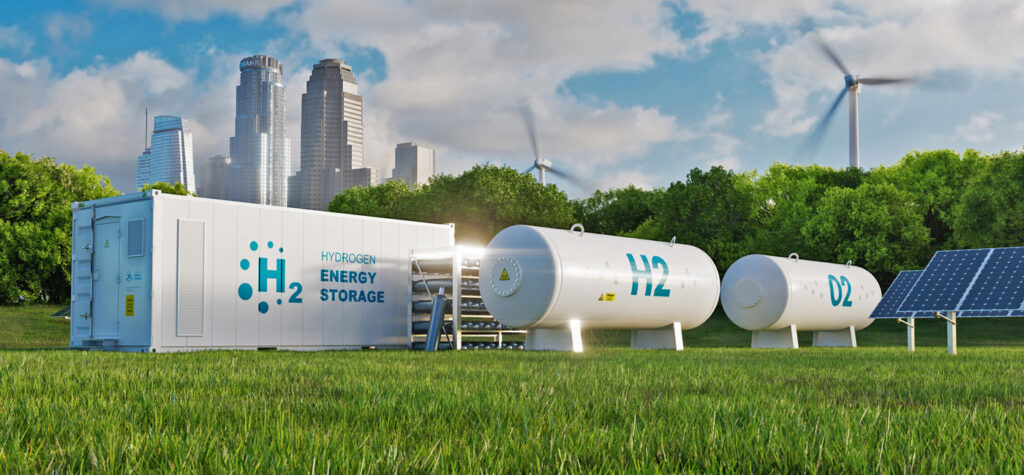
Introduction
As the world faces the urgent challenge of climate change, the need for sustainable and clean energy sources has become increasingly pressing. One promising solution is green hydrogen, a revolutionary technology that has the potential to transform the energy landscape. In this article, we will explore what is green hydrogen, how it works, and its potential benefits for the environment and economy.
What is Green Hydrogen?
Green hydrogen, also known as renewable hydrogen, is a form of hydrogen produced through the process of electrolysis, which uses renewable energy sources such as wind or solar power to split water molecules into hydrogen and oxygen. The resulting hydrogen gas can be stored and used as a clean and renewable energy source.

How Does Green Hydrogen Work?
Green hydrogen is produced using an electrolyzer, which uses an electrical current to split water molecules into hydrogen and oxygen. The hydrogen gas is then stored and used as a fuel source for a variety of applications, including transportation, heating, and electricity generation. The process of producing green hydrogen is carbon-free, making it a sustainable and environmentally friendly energy source.
Benefits of Green Hydrogen
Green hydrogen has the potential to transform the energy landscape in a number of ways. Here are some of the key benefits of this innovative technology:
- Carbon-Free: Unlike traditional hydrogen production methods, which rely on fossil fuels and emit carbon dioxide, green hydrogen is produced using renewable energy sources and is completely carbon-free.
- Versatile: Green hydrogen can be used in a wide range of applications, including transportation, heating, and electricity generation.
- Storage: Hydrogen can be stored and transported easily, making it a flexible energy source that can be used in remote or off-grid areas.
- Economic Potential: The production of green hydrogen has the potential to create jobs and stimulate economic growth, particularly in regions with abundant renewable energy sources.

What Are The Best Uses For Green Hydrogen?
Green hydrogen has a wide range of applications and can be used in a variety of industries. Some of the key industries that are expected to use green hydrogen in the future include transportation, power generation, and heavy industry. In the transportation sector, green hydrogen is seen as a promising alternative to fossil fuels, with the potential to power cars, trucks, and buses. In the power generation sector, green hydrogen can be used as a storage medium for intermittent renewable energy sources such as wind and solar, helping to provide a reliable and sustainable source of electricity. In heavy industry, green hydrogen can be used as a fuel source for processes such as steel and cement production, helping to reduce emissions and improve environmental sustainability.
FAQs
Q: How is green hydrogen different from traditional hydrogen? A: Green hydrogen is produced using renewable energy sources, while traditional hydrogen production methods rely on fossil fuels.
Q: What are some of the applications of green hydrogen? A: Green hydrogen can be used for transportation, heating, and electricity generation.
Q: Is green hydrogen expensive to produce? A: The cost of producing green hydrogen is currently higher than traditional hydrogen production methods, but as the technology improves and becomes more widespread, costs are expected to decrease.
Q: Is green hydrogen safe to use? A: Green hydrogen is considered a safe and stable energy source, but as with any fuel source, proper handling and storage procedures are important.
Conclusion
Green hydrogen is an exciting and promising technology that has the potential to transform the energy landscape and help address the urgent challenge of climate change. With its carbon-free production process, versatility, and economic potential, green hydrogen represents a key solution in the quest for sustainable and clean energy sources. As this technology continues to develop and become more widespread, it has the potential to revolutionize the world's energy systems and create a brighter, more sustainable future for all.

